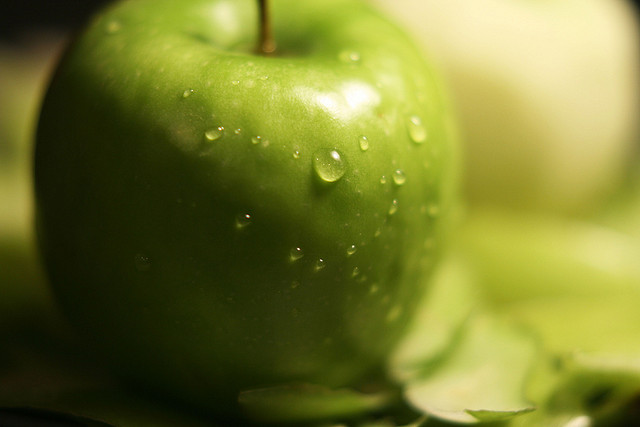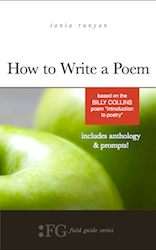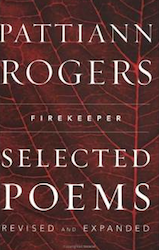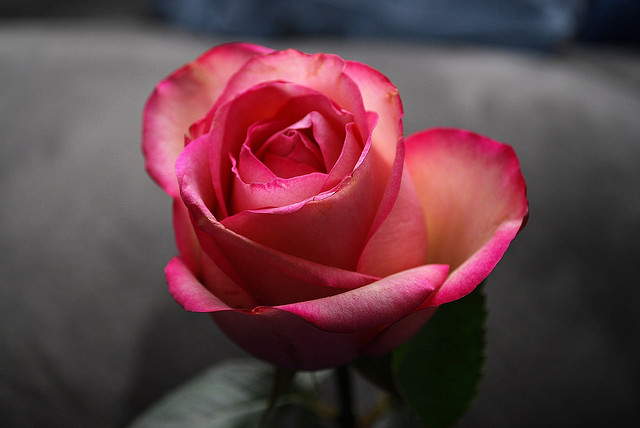Squeezed finances. No fun, right?
But I can’t help thinking what would not have happened if I’d thrown caution to the wind and spent too much money a couple of years ago.
In the summer of 2013, my husband and I found ourselves canceling our family’s annual road trip because, well, we ran out of funds. After grieving the loss of mountains and rivers and relatives, I decided to do something I hadn’t planned: sit on my couch in the flatlands and write weekly articles about Billy Collins’s poem, Introduction to Poetry.
Realizing that each stanza in that poem offers instruction about how to get the most out of reading poetry, I wrote an article on each section, every week, throughout the summer. Eventually, those articles turned into the core of a book that also includes an anthology of poems—How to Read a Poem.
When L.L. Barkat, editor at T.S. Poetry Press, asked me to write a companion volume, How to Write a Poem, I told her I needed time to think about it. A few hours later, I decided yes.
There are a lot of poetry-writing books on the market—many truly wonderful ones that helped me in my undergraduate years and still guide me today. While most books take the approach of offering a number of exercises that generate a number of poems, I wanted to go deep with the process of writing one poem. How do you go from the seed of an idea to a fully realized, well-crafted, revised and polished piece, while still keeping your soul alight?
I remember spending hours at my college’s student commons, notebook and Twizzlers in hand, struggling through one line at a time. Ultimately, spending time isn’t the problem. (I would argue the more time spent—if directed—the better.) However, support and guidance can help that writing time feel less like a struggle and more like an adventure, a personal and artistic transformation.
In How to Write a Poem, I start you with freewrite prompts to generate ideas. From there, I show you how to turn that sprawl of stream-of-consciousness words into a framework on which to hang a poem. Then we gradually shape the poem, one step at a time, to help it come alive:
from Billy Collins’s “Introduction to Poetry”
I ask them to take a poem
and hold it up to the light
like a color slide
how do I “color in” my poem with imagery?
or press an ear against its hive.
how do I make my poem buzz unforgettably with sound?
I say drop a mouse into a poem
and watch him probe his way out,
how do I suggest emotion and meaning with my lines?
or walk inside the poem’s room
and feel the walls for a light switch.
how do I create those “a-ha!” moments?
I want them to waterski
across the surface of a poem
waving at the author’s name on the shore.
how do I step away from the poem enough to allow for mystery and interpretation?
After helping you delve into each of these aspects of craft, the book guides you through Peter Murphy’s Revision Style Sheet as you perfect your poem. Finally, you discover exciting ways to share your work, both through traditional publication and other community venues.
Throughout How to Write a Poem, you gradually find the balance of respecting literary craft while maintaining your authentic voice. Both of these tasks are a lot of work—and immensely rewarding.
The accomplished musician practices her scales for hours on end. She also practices interpreting music with her own artistic touches and emotions. Why not the poet, too? Why not write your best before inviting the reader to listen and make meaning?
I may not have vacation pictures to show off from a couple of summers ago, but I’m collecting words from the writers who have been taking their own poetic journeys. The albums are filling with unique sights and memories. I look forward to hearing about your travels, too.
Photo by Photo4jenifer, Creative Commons, via Flickr. Post by Tania Runyan.





